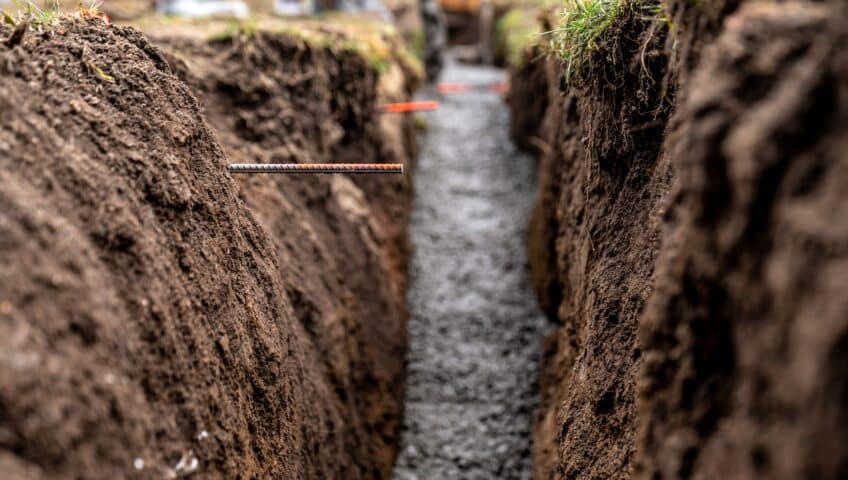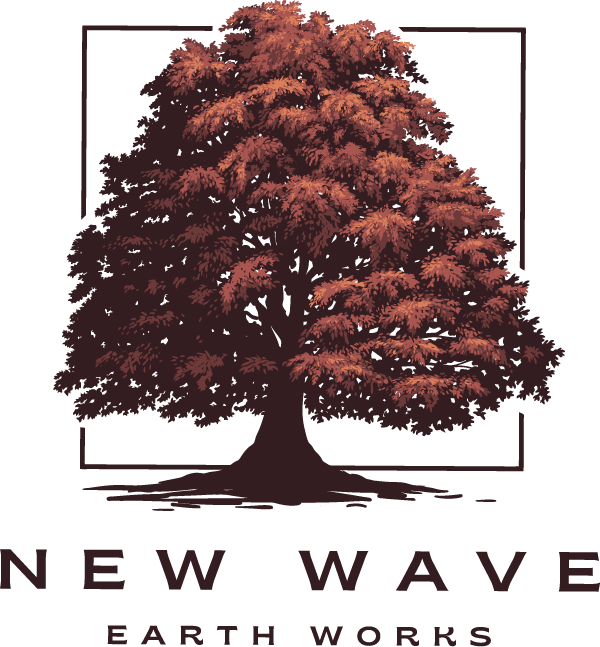As cities around the globe continue to grow and evolve, so too does the need for innovative landscaping and construction solutions that adapt to 21st-century challenges. One such area in need of transformation is curb design. Traditional curbs have long served as a separation between pedestrians, vehicles, and public green spaces. However, the movement towards sustainable urban planning calls for a redefinition of curb functions to accommodate new requirements for accessibility, aesthetics, and environmental protection.
At New Wave Earth Works, our eco-friendly approach to landscaping and construction extends beyond retaining walls and retention ponds. We understand the importance of adapting to modern challenges and are dedicated to pioneering new curb designs for the cities of the future. In this article, we will explore the innovations that are ushering in a new era of curb design and construction, meeting the ever-changing demands of urban landscapes. Join us as we delve into the future of curbs and how these essential infrastructural elements are being reinvented for a greener world.
1. Reimagining Curbs for Stormwater Management
West Vancouver, like many urban centres, is grappling with the effects of climate change, which has increased the frequency of extreme weather events and stormwater runoff challenges. To address this, innovative curb designs can play a major role in sustainable urban drainage systems (SUDS) by facilitating stormwater management. Some cutting-edge concepts include:
– Permeable pavement: By incorporating permeable materials into curb construction, stormwater can be absorbed directly into the ground, reducing surface runoff and the risk of flooding. Additional environmental benefits include groundwater recharge and decreased pollution of waterways.
– Bio-retention curbs: These curbs are designed with built-in vegetation compartments that not only enhance aesthetics but also provide natural filtering of pollutants and excess nutrients to improve water quality.
– Curb inlets: Strategically placed curb inlets direct rainfall into underground stormwater management systems, where pollutants settle and the water is then safely released back into watercourses.
2. Enhancing Walkability and Accessibility
Modern urban planning focuses on creating pedestrian-friendly environments that encourage walking, cycling, and public transport usage as alternatives to private vehicles. Innovative curb designs can significantly contribute to this goal by ensuring safe and accessible routes for all users.
– Multi-level curbs: Unlike traditional single-height curbs, multi-level curbs can be designed to accommodate multiple tiers of transportation, such as pedestrian walkways, cycle lanes, and vehicular traffic, providing safe and efficient separation of road users.
– Accessible curbs: New curb designs can incorporate features that bolster accessibility, such as lowered edges, tactile paving, and ramps, making urban environments inclusive for people with disabilities and the elderly.
– Shared spaces: Innovative curbs can facilitate shared spaces or “living streets,” where pedestrians, cyclists, and motorists coexist in a well-integrated environment designed to prioritise human-scale interaction over vehicle throughput.
3. Integrating Green Infrastructure and Aesthetics
Redefining curb designs to include green infrastructure elements can radically transform urban spaces in West Vancouver, improving their visual appeal and environmental sustainability. Such innovative concepts include:
– Planter strips: Incorporating narrow, green planter strips between the curb and the street creates a natural buffer that softens the cityscape and allows for increased pedestrian comfort. These strips can also provide additional stormwater management capabilities.
– Urban canopy: Integrating trees into curb designs creates urban canopies that not only enhance the streetscape’s aesthetics but also deliver ecological benefits, such as air purification, cooling effects during hot summers, and habitats for urban wildlife.
– Community curb gardens: By transforming underutilised curbside spaces into community gardens or green spaces, cities can provide additional opportunities for local residents to engage with and enjoy their urban environment.
4. Adapting Curbs to Accommodate New Forms of Transportation
For future curb designs to remain relevant and functionally efficient, they must adapt to accommodate new and emerging forms of transportation that are gaining popularity in urban centres like West Vancouver. These include:
– Electric vehicle (EV) infrastructure: As electric vehicle adoption increases worldwide, curb designs must adapt to incorporate dedicated EV charging points to support and encourage widespread use.
– Bike-share stations: Curb spaces can be designed to provide dedicated docking stations for bike-sharing schemes, which further promote the use of sustainable transportation modes within the city.
– Micro-mobility hubs: As innovative micro-mobility solutions such as e-scooters and shared bicycles gain popularity, curb designs should allocate dedicated spaces for parking and storage to prevent urban clutter, ensuring safe and easy access for users.
5. The Importance of Collaboration and Community Involvement
A successful transition to the curbs of the future requires collaboration between various stakeholders, including urban planners, engineers, landscapers, city officials, and local communities. West Vancouver can benefit from an iterative, feedback-driven design process that includes:
– Public consultations: Engaging with local residents and businesses before undertaking curb transformations ensures the needs and preferences of the community are considered and respected.
– Pilot projects: Implementing small-scale trial interventions within the community allows for real-world testing, evaluation, and feedback before the wider implementation of innovative curb designs throughout the city.
– Interdisciplinary collaboration: Combining the expertise of multiple disciplines, such as civil engineering, urban planning, and landscape architecture, results in a more holistic approach to curb design that better meets the diverse needs of urban communities.
Innovate and Adapt with New Wave Earth Works
As urban environments like West Vancouver continue to evolve, innovative and adaptable curb designs are crucial in creating greener, more sustainable, and accessible landscapes for future generations. New Wave Earth Works embraces the need for change, with a focus on eco-friendly practices that contribute to the creation of sustainable urban infrastructure.
Our team of experienced professionals brings expertise and passion for landscape design and civil construction to every project, ensuring that our clients receive the highest standard of service, innovation, and environmental sustainability. If your community or municipality is considering a curb redesign that incorporates cutting-edge, adaptive elements, we are here to help.
Are you ready to redefine the curbs of the future? Contact New Wave Earth Works to discuss your project and discover the possibilities of innovative and eco-friendly curb design and construction.


